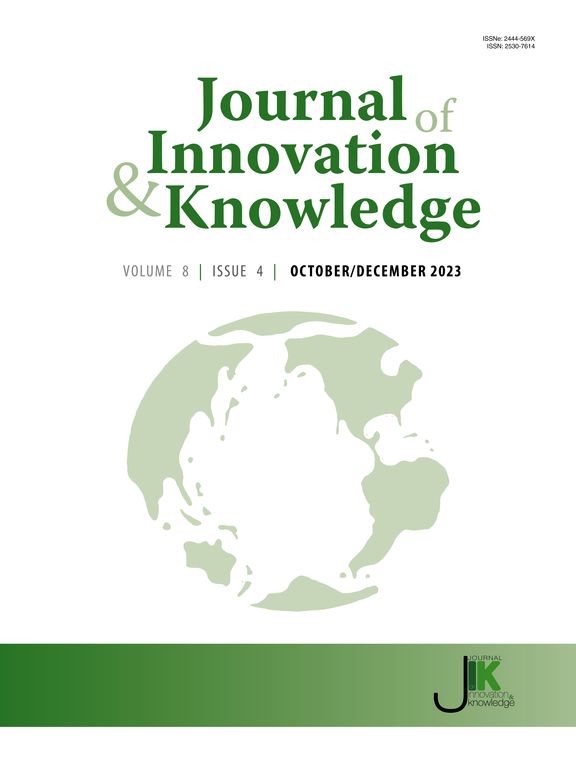房间里的大象:利用动态能力来连接创新绩效、失败和从失败中学习
IF 15.5
1区 管理学
Q1 BUSINESS
引用次数: 0
摘要
哪些战略能力同时推动创新和从失败中学习?我们有两个目标来解决这个问题。首先,评估了创新绩效、失败和LFF策略之间的协同效应。其次,探讨这些过程的决定因素的异质性,以确定每个过程的共同和特定的预测因素。基于436家加拿大中小企业的样本,并借鉴动态能力理论,我们开发了一个原始的框架,将感知、抓住和重新配置能力分离开来。计量经济学研究表明,创新失败与LFF之间以及LFF策略之间的互补性是通过复杂的相互作用产生的。结果显示了关于微基础能力水平的细微差别,例如在管理创新和LFF时抓住的那些。本研究为管理者提供了提高创新绩效和利用非常规解决方案(如以前的失败)的实践见解。我们将讨论这些发现及其理论和实践意义。本文章由计算机程序翻译,如有差异,请以英文原文为准。
The elephant in the room: Leveraging dynamic capabilities to bridge innovation performance, failure, and learning from failure
Which strategic capabilities simultaneously drive innovation and learning from failures (LFF)? We address this question with two objectives. First, synergies between innovation performance, failures, and LFF strategies are assessed. Second, heterogeneities in the determinants of these processes are explored to identify common and specific predictors for each process. Based on a sample of 436 Canadian SMEs and drawing on the dynamic capabilities theory, we developed an original framework that disentangles the sensing, seizing, and reconfiguring capabilities. The econometric exercise revealed that complementarities between innovation failures and LFF and among LFF strategies emerge through complex interactions. Results show nuances regarding levels of microfoundation capabilities, such as those for seizing when managing innovation and LFF. This study provides practical insights for managers on improving innovation performance and capitalizing on unconventional solutions, such as previous failures. We discuss findings along with their theoretical and practical implications.
求助全文
通过发布文献求助,成功后即可免费获取论文全文。
去求助
来源期刊

Journal of Innovation & Knowledge
Multiple-
CiteScore
16.10
自引率
12.70%
发文量
118
审稿时长
37 days
期刊介绍:
The Journal of Innovation and Knowledge (JIK) explores how innovation drives knowledge creation and vice versa, emphasizing that not all innovation leads to knowledge, but enduring innovation across diverse fields fosters theory and knowledge. JIK invites papers on innovations enhancing or generating knowledge, covering innovation processes, structures, outcomes, and behaviors at various levels. Articles in JIK examine knowledge-related changes promoting innovation for societal best practices.
JIK serves as a platform for high-quality studies undergoing double-blind peer review, ensuring global dissemination to scholars, practitioners, and policymakers who recognize innovation and knowledge as economic drivers. It publishes theoretical articles, empirical studies, case studies, reviews, and other content, addressing current trends and emerging topics in innovation and knowledge. The journal welcomes suggestions for special issues and encourages articles to showcase contextual differences and lessons for a broad audience.
In essence, JIK is an interdisciplinary journal dedicated to advancing theoretical and practical innovations and knowledge across multiple fields, including Economics, Business and Management, Engineering, Science, and Education.
 求助内容:
求助内容: 应助结果提醒方式:
应助结果提醒方式:


